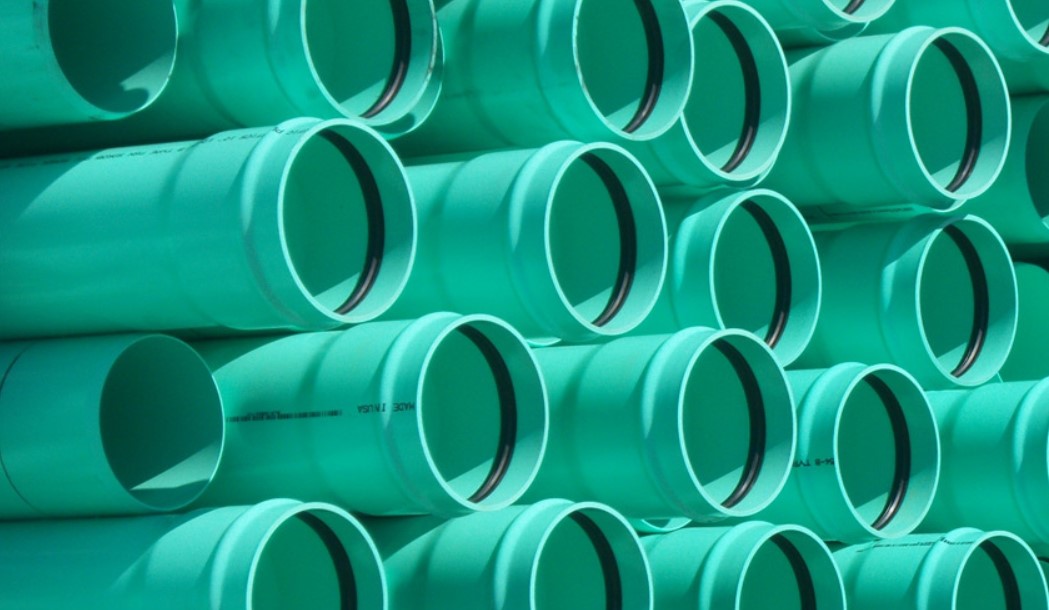
Two primary options when repairing damaged pipes are pipe relining and pipe replacement. Both methods have their advantages.
Pipe relining is an effective and less disruptive way to repair your buried pipes. It can also help to increase water flow through your plumbing system.
Reputation
It is essential to choose a pipe lining company with a good reputation. This is so that you can acquire high-quality services while saving money if you have a strong reputation. The most excellent approach to determining a company’s importance is to read online evaluations and customer testimonials. Additionally, ask friends and relatives for recommendations.
It’s time to call an experienced San Diego pipe lining service if you have clogged drains or other plumbing issues. Besides causing damage to your pipes, these problems can lead to water wastage and costly repairs. Identifying a plumbing problem early on is crucial for your safety and your loved ones. Common signs of a plumbing issue include pools of water near pipes, changes in your water bill, and foul odors.
Unlike traditional pipe repair methods, pipe lining requires minimal disruption to the ground surface. It’s also more cost-effective than installing a new set of pipes.
Experience
The idea that businesses with substantial industry experience invariably provide more excellent services is well acknowledged. They have the skills and expertise to handle your pipes flawlessly, assuring maximum effectiveness. In turn, this translates to significant cost savings for you in the long run.
Functioning plumbing is essential for the safety and convenience of your home or business. But when these pipes are damaged or clogged, it can lead to various problems, from minor inconveniences to major disasters. Multiple factors, including tree roots and corrosion, can cause these issues.
Thankfully, there is a non-invasive method to fix this problem: pipelining. This technique, also known as cured-in-place pipe (CIPP) lining, involves inserting an epoxy resin liner into the existing lines to repair cracks, holes, and leaks. It’s much faster and cheaper than digging a trench to replace the old pipes.
Cost
Pipelining is one of the most effective and cost-efficient ways to repair a sewer line. It is also an outstanding preventative against structural damage to the pipes due to tree roots. The pipelining process is quick and can be done without damaging the surrounding environment.
A significant advantage of pipe relining is that it doesn’t require large trenches for repairs. Instead, plumbers will dig smaller, less invasive holes than the trenches needed for traditional pipe replacement.
The relining procedure is called CIPP, or cured-in-place pipe lining. It inserts a felt liner coated with epoxy resin inside the old pipe. Once the wax hardens, it will form a pipe-within-a-pipe. This method is much more affordable than a total pipe replacement and can be completed within a day.
The price of pipe relining varies according to the size of your pipes and the number of repairs needed. For example, a larger tube will need more resin to cover the surface, increasing the cost.
Qualifications
Pipelining is one of the most effective and convenient solutions for serious problems that affect buried plumbing systems. It is also called trenchless sewer repair, one of the most popular methods for fixing broken pipes. The process can also prevent leaks and blockages, which saves money in the long run.
A pipe lining service must have qualified technicians and the right equipment to ensure the quality of the service. This includes a liner tube and lining resin that creates a new pipe inside a damaged sewer or drain system. The liners are available in various shapes and sizes to fit different pipe diameters.
The CIPP lining process is non-invasive and can be completed in a few hours. However, residents may experience limited water and sewer use for several hours. They must also limit water running and liquids pouring down the drain. This prevents sewage from backing up into homes during the lining process.
